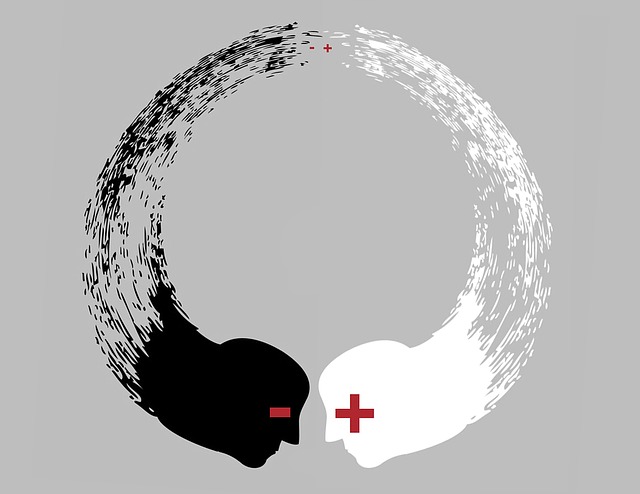When we complain, we are expressing dissatisfacion with someone, something, or some event. When we whinge we are involved in repeated complaining. Complaining and whinging can become habituated behaviours that are difficult to change. Left unattended, these behaviours can become toxic for ourselves and those around us. However, they can be successfully addressed by a mindfulness approach.
Michael Dawson explains how he attempted to stop his own complaining and whinging behaviour. He decided that he would attempt to stop any form of complaining and whinging over an extended period of 21 days but found that it took him six months to achieve the targeted period. He found that the process of complaining and whinging pervaded his life – at work, at home and en route to various places. The first benefit of his focus on his behaviour was a growing awareness of how often he indulged in making a complaint or whinging – the beginning of mindfulness.
Why is it so difficult to stop complaining and whinging?
Complaining and whinging can very easily become an unhealthy habit. It can be reinforced by others around us. We can use it as a conversation opener – there is nothing surer to generate a response than to articulate a complaint about something. This behaviour is often unconscious and can become a constant part of our life without our being aware that it is happening – unless someone tells us that is what is happening. We can end up complaining about every aspect of our life – the weather, our boss, our life partner, our work, our location, our colleagues, and a former associate or partner. This fault-finding behaviour can become pervasive and very difficult to stop.
Another reinforcing factor is that complaining and whinging activate the negative bias of our brain. The result is that we see only the dark clouds, rather than the “silver lining”. We can develop an unconscious, negative bias that can be further reinforced by social media comments and caustic criticism. It can become hard to resist the temptation to participate in the negative commentary.
The effects of complaining and whinging
The preoccupation with what is negative in our lives can lead to depression. It creates a mindset that is unbalanced and blinds us to what is good, joyful and beautiful in our lives. It can become a deep grove that is difficult to shift because the associated neural pathways have been continually strengthened by reinforcement.
Complaining and whinging can negatively impact our relationships at work and at home. People around us will come to resent our negative bias and, where possible, avoid us or act aggressively towards us. Our negative mindset and its effects on others can lead us to slip into cynicism where we begin to distrust the motives of others, and this, in turn, can drain the energy of other people. So, we end up with a vicious circle, compounded by our lack of internal and external awareness. To avoid self-analysis, we will then begin to blame others for our deteriorating relationships.
A mindfulness approach to stop complaining and whinging
Michael described his mindfulness exercise to stop complaining and whinging in his life. However, any mindfulness activity designed to increase our awareness of our undesirable behaviour in this area can be a useful means to stop this habit.
If you regularly write a diary, you can make complaining and whinging behaviour a focus of your diary entries – recording how often these behaviours occur and what the catalysts are for your repeated behaviour. You might also reflect on an incident where someone you interact with regularly makes an observation about you such as, “you are always negative”.
At other times, you might meditate on a recent conflict that has occurred and explore whether you had engaged in expressing a complaint or whinging about something the other person has done or failed to do. The aim is to firstly raise your awareness of what you are doing and its effects on yourself and others and then progressively stopping yourself from engaging in complaining or whinging. You can begin to move from reflection-on-action to reflecting-in-action, developing the skill to stop yourself in the course of engaging in this negative behaviour.
If our complaints are directed at the clutter in our life, we can learn from Marie Kondo’s philosophy of developing a mindset focused on what brings joy to our life. In her book, Spark Joy: An Illustrated Guide to the Japanese Art of Tidying, she identifies ways to develop a joy-oriented mindset through our approach to tidying our house. This requires reflection on what brings joy to us from amongst our collections of clothes, books, papers and miscellaneous items.
As we grow in mindfulness through meditation, reflection, self-observation and guided sorting, we can become more aware of our complaining and whinging habit and develop the motivation to change our behaviour to improve our own quality of life and the richness of our relationships. By adopting a mindfulness approach, we can develop self-regulation, a sense of self-control and calmness.
____________________________________________
Image by John Hain from Pixabay
By Ron Passfield – Copyright (Creative Commons license, Attribution–Non Commercial–No Derivatives)
Disclosure: If you purchase a product through this site, I may earn a commission which will help to pay for the site, the associated Meetup group and the resources to support the blog.

